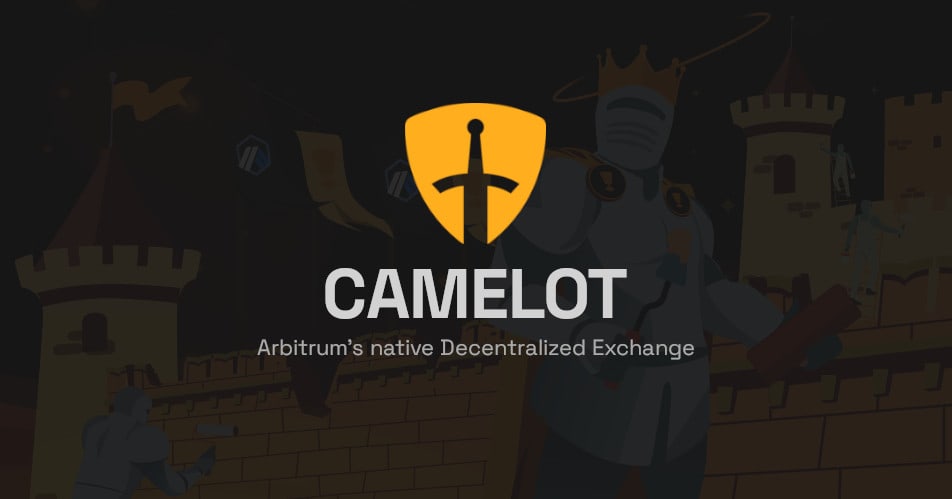Camelot DEX Surges to New Heights: How It Achieved ATH in Swap Volume

Camelot is a DEX built on Arbitrum. It has developed a set of customizable liquidity infrastructures, designed to provide more liquidity and composability to Arbitrum ecosystem. In addition to DEX, Camelot also contains a Launchpad that helps projects within the Arbitrum ecosystem to conduct token public sales and raise funds.
Camelot DEX
Camelot DEX is based on the AMM model and uses a dual-liquidity model in its trading. Camelot uses different formulas for volatile pairs (e.g. $GRAIL:$ETH) and stable pairs (e.g. $WETH:$ETH).
For volatile pairs, Camelot uses the standard constant product formula based on Uniswap v2. For stable pairs, Camelot uses the Solidly curve formula. Camelot DEX supports customizable, dynamic, directional fee settings. Projects can set and adjust transaction fees for deploying AMM pools with Camelot, setting different transaction fees for different directions (buying or selling).
The Camelot DEX transaction fees will be distributed as follows:
- 60% for Liquidity Providers in LP tokens
- 22.5% for xGRAIL holders
- 12.5% dedicated to GRAIL buyback and burn
- 5% to the Core Contributors funds
In addition to customizable transaction fees, Camelot DEX also supports custom liquidity incentives. Using the Nitro Pools feature developed by Camelot DEX, AMM pool deployers can customize liquidity incentive parameters including incentive method, reward token, incentive start and end times, etc. to meet the liquidity incentive needs of projects at different stages LINK.